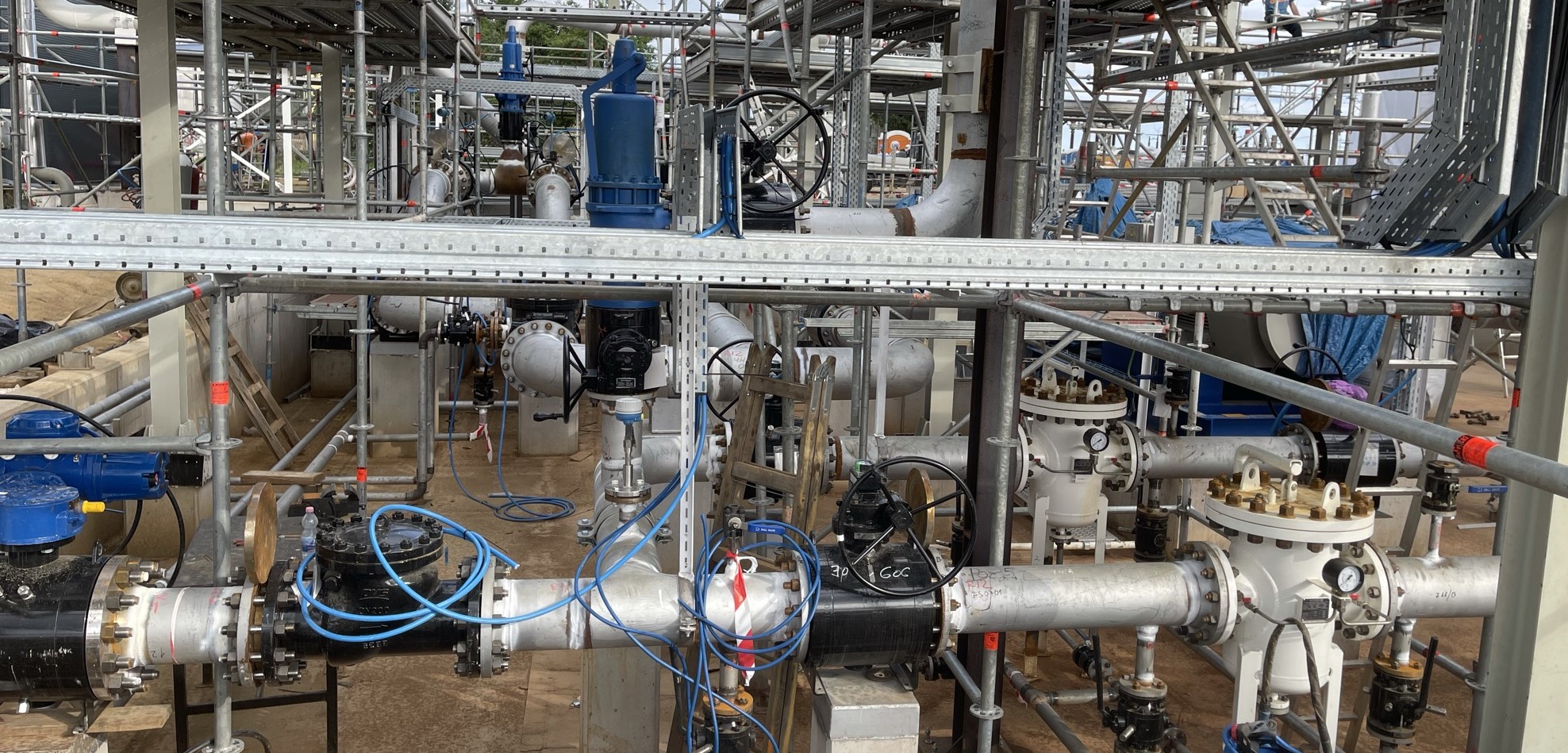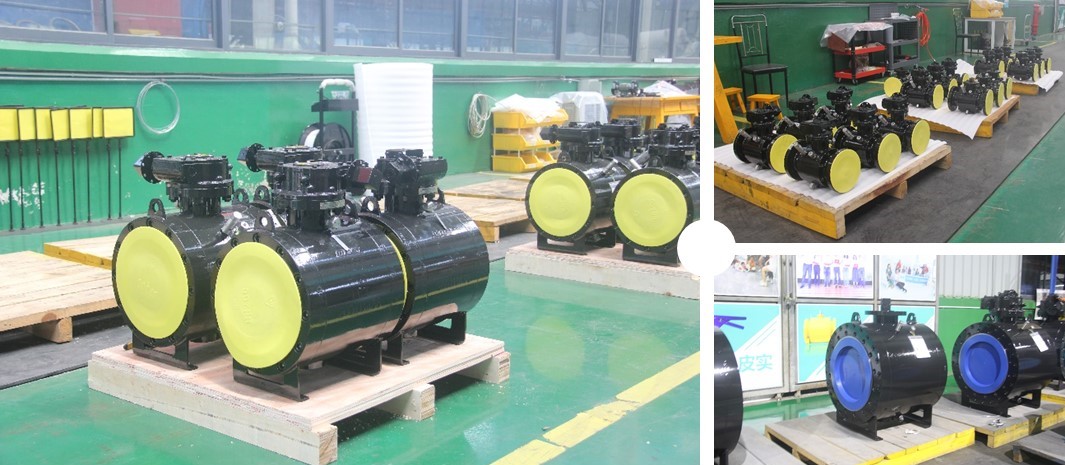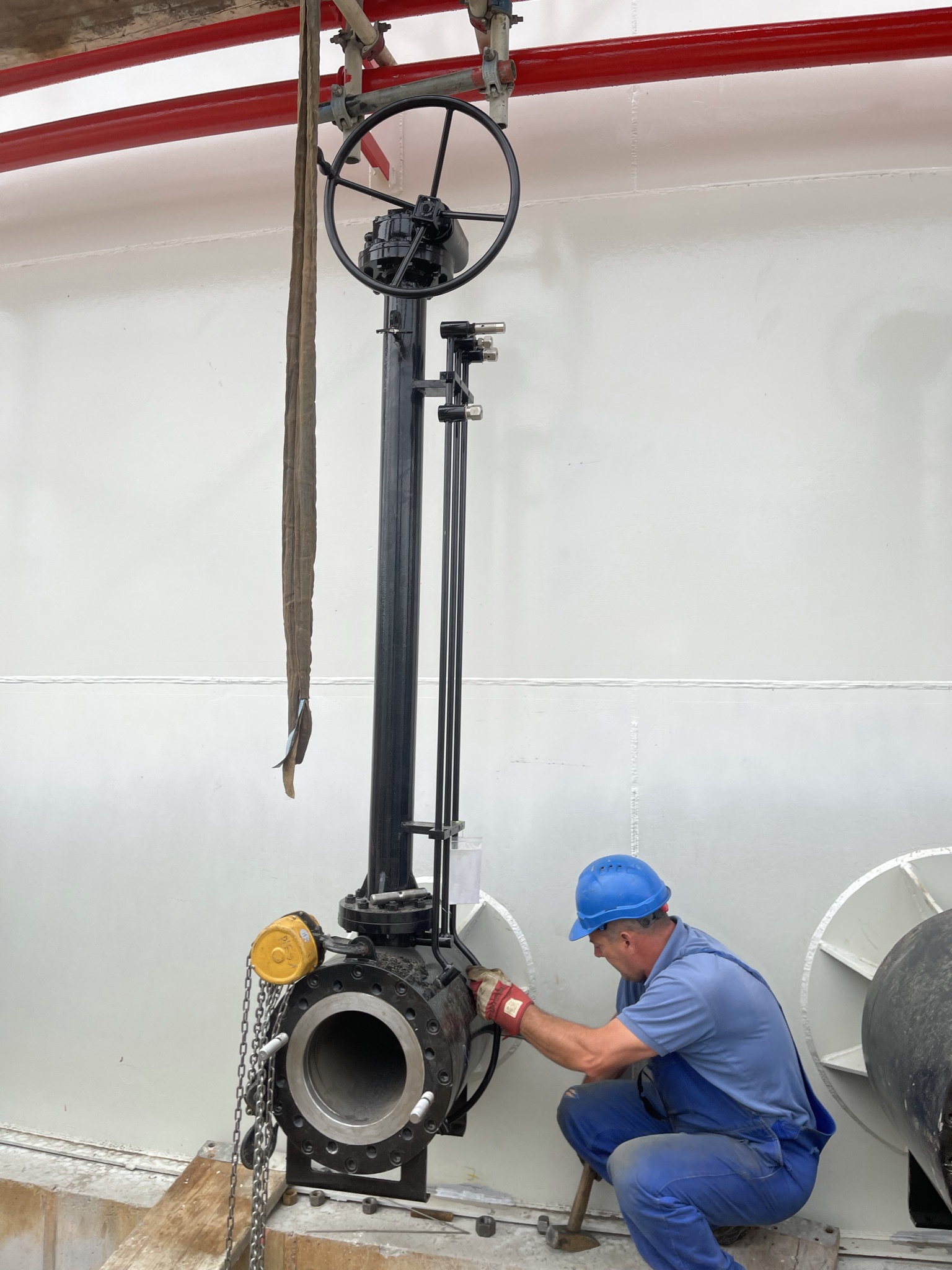The refinery of MOL, located in Hungary, requires regular ball valve and check valve replacements to maintain optimal performance. As a trusted check and ball valve supplier of MOL, DERVOS continues to provide ball valves for their operations.
In this project, DERVOS supplied a batch of high-performance ball valves and check valves for fluid control in oil and gas applications. They required various types and specifications of ball and check to meet the operational and sealing requirements of different pipeline systems.

Trunnion Mounted Ball Valves (112 units)
· Size: DN80-DN400
· Pressure: PN16-PN63
· Features: Full flow ball valve design, DBB double block and bleed structure, PMSS seal (primary metal + secondary soft seal), anti-blowout stem, IP68 waterproof turbine operation.
Floating Ball Valves (71 units)
· Size: DN20-DN25
· Pressure: PN25-PN63
· Features: Floating ball design, handle operation, suitable for small and medium-sized pipelines.
Swing Check Valve (9 units)
· Size: DN50-DN300
· Pressure: PN25-PN63
· Features: Swing type, simple structure and low flow resistance, suitable for large flow and low-velocity conditions.


In this project, 4 units fixed ball valves were customized with 2-meter extended valve stems and turbines oriented toward the operating platform.
This design ensures operators can safely and efficiently operate and maintain the valves from a distance, fully addressing the site’s needs.
The custom solution showcases DERVOS’s flexibility in meeting customer requirements and engineering expertise.
The end user, MOL, highly recognized the quality and performance of the valves, noting the excellent painting for its durability. They praised DERVOS products as reliable, safe, and fully meeting the project’s requirements.
If you are interested in our products and want to know more details,please leave a message here,we will reply you as soon as we can.